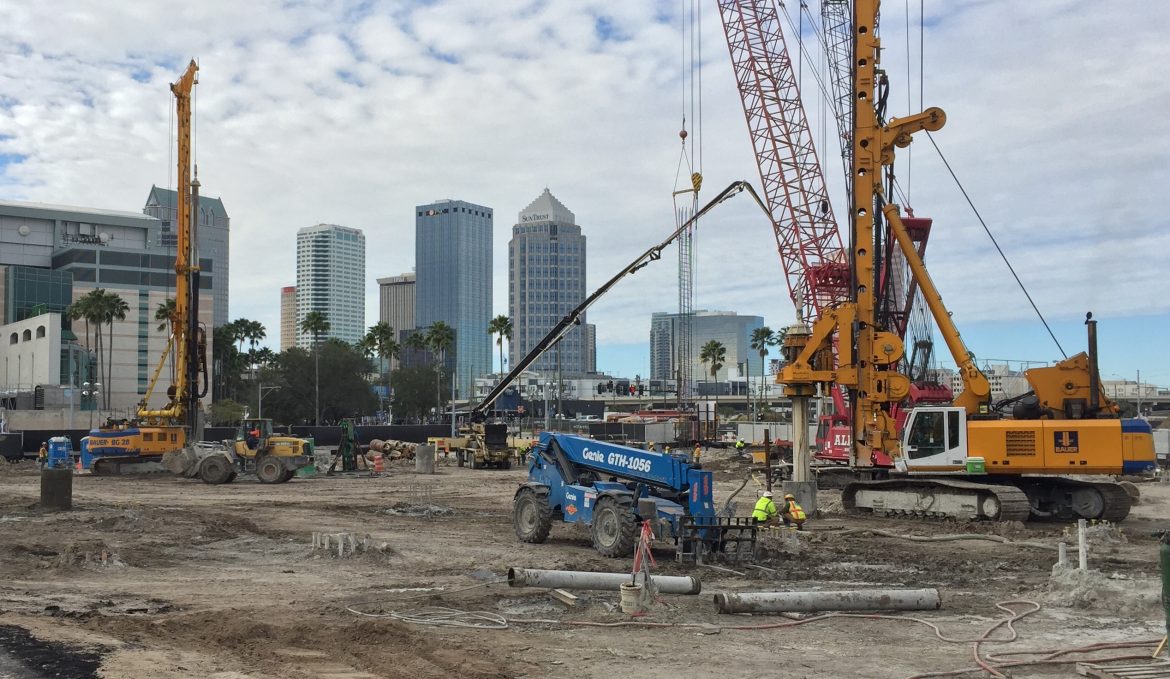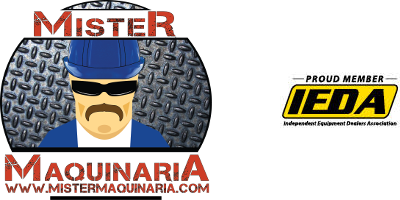
Construction Equipment Outlook 2019 – North America & Export
Industry news has been conflicted regarding the economic outlook for 2019. As a company who is in the “trenches” daily working with industry leaders and equipment users worldwide, we believe there is a significant need to reestablish export channels into reliable secondary markets outside North America. Over the last several months OEM Dealers, Trade Association Members and other owners have increasingly expressed concern over their limited options for expected and orderly liquidation of equipment inventories.
Starting the 2019 New Year with the effects of increased Federal Reserve rates, the nuisance of a “Trade War cloud” and record partial shutdown of the US Government: this year is unique to say the least. The United States GDP annual growth through Q3/2018 was 3.5% and reflected a red-hot construction market widely believed to be unsustainable going back to last summer. Currently, most financial analysts anticipate a pullback this year, nuanced by volatility of consumer confidence and continued uniformity of the pessimism regarding the United States and broader world economy. We agree, believe the US Economy has strong fundamentals and anticipate a soft-landing into a 2.0-2.5% GDP growth range.
The Construction Equipment industry is a leading economic indicator and much has changed since the “malaise of 2007-2011” brought on by a collapse of the US housing market – but much has also remained the same, mainly options. Secondary markets for used construction and earthmoving equipment continue to be limited to the domestic playing field, mainly due to the expensive & cumbersome bureaucracy of modifying Tier IV machines (engines) for export and use internationally with locally available fuels. The “world region model” that characterizes current OEM behavior does not lend to changes, and manufacturers won’t purposely enable their North American Dealers to engage in this activity. Void of the historical “safety valve” for exportation of used machinery into Latin America/Caribbean, Africa, the Middle East and elsewhere – owners have a looming problem.
Some aggressive OEM & Independent Dealers are actively fortifying their capability for international trade via acquisition of non-EPA Compliant machines (Tier II, III) from other regions, shipping them to Free Trade Zones (FTZ) within the USA with intent to resell internationally. These players are setting themselves up for future throughput by ensuring their export sales activities are adequately staffed, supported and ready for an increase in business. In lieu of “de-tiering”, they are currently playing the only game available to them as OEM Dealers
Ritchie Bros Auctioneers (RBA), an industry bell-weather, covered 2018 sales targets domestically due to a strong US economy. We expect their marquee event next month in Orlando will marginally eclipse the record-setting US$278MM of a year ago, which was their first February event post-acquisition of “IronPlanet”. As a market-maker, RBA has yet to introduce a solution for Tier IV (interim, final) machinery being refitted for export, and thus, shares the experience and consequences of limited international trade in their core asset group.
Meanwhile, our industry continues to suffer as existing trade platforms remain outdated, fragmented and generally inefficient compared to other industries. Fee-based tools and websites which emulate and facilitate age-old behaviors have taken some shallow roots, but it’s not enough. End-users need complete platforms which simplify direct involvement and control in the trade of their equipment (usually their largest single capital expense) at a reduced cost. Expect “new players” to emerge, challenge and compete in the sale of quality used equipment currently being relegated to local brokers, auction houses, and via trade-ins on the sale of new machinery – options which relinquish significant value as owners do not perceive better solutions.
The next phase of our economic cycle will be the first real observance of a market dominated by Tier IV machines entering secondary markets in North America. We anticipate equipment owners will seek solutions in a new landscape which include an international component. The low-hanging fruit are machines produced prior to 2012, or, “pre-Tier IV” machines, which generally require no engine modifications for use overseas. Tier III machines (2007-2011) are perpetually in high demand in a very diverse international market, as are the Tier II predecessors. With our first-hand experience in the “de-tier for export” process at the OEM level (CAT, Volvo), we are increasingly being approached for discussion by organizations throughout the industry. Necessity is the “Mother of Invention” on the “de-tier for export” front, and solutions outside the OEM channel do exist.
To learn more about our export and other services click here
